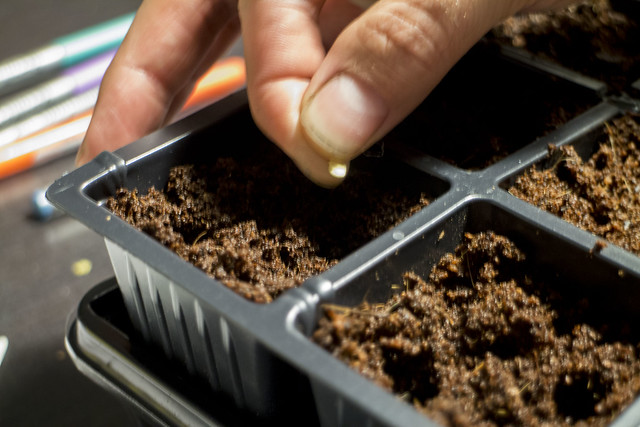Know your Organic Labels
Love has no labels but bottles, jars and grocery packets do. Labels make promises and raise expectations. Words like “Natural”, “Pure” and “100%” are used loosely and liberally on packets of food items. When you are out shopping for organic food you must look for authentic labels. Here are a few labels to keep an eye out for:
Indian Organic is a mark of assurance for organically grown food and processed food made in India. The certifying agency and regulatory authority is APEDA (Agriculture and Processed food products Export Development Authority). This is an accredited certification and legally valid for importing food products. APEDA runs under the National Programme for Organic Production (NPOP). All Indian organic products must display the India Organic logo for customers to easily identify certified products.
Indian Organic label is recognised by the US and the European Union.
Food Safety and Standards Authority of India(FSSAI) launched a new logo for organic products in Decemeber last year.
Indian Organic Standards:
Decoded further, the Indian Organic label means:
- The land from where the produce is obtained, has been upgraded for organic farming and no chemicals are used in the farm practices.
- All inputs like fertilisers and pesticides are and must be natural.
- No genetically modified inputs or Irradiation technology should be used.
- All the farming practices and food processing techniques – physical, biological and mechanical must be verifiable.
- No contamination from neighbouring farms must be present.
- The farm must follow sustainable practices.
The organic certification is not easily obtained and is quite an intimidating exercise. The farmer has to approach agencies that give the certification. The NPOP has a list of third party accredited bodies like INDOCERT, ECOCERT etc who carry out the certification procedure. A farm is given certification after two years of organic farm practices. A fruit orchard is given certification after three years of organic farm practices. A dairy unit on certified land can get it in 90 days, whereas a food processing unit can get it in one day provided all the biological, physical and mechanical inputs are convincing.
The organic certification for any produce is also valid for three years and must be renewed after that.
An individual farmer spends anywhere between Rs 25,000/- to Rs 40,000/- for organic certification. A group of farmers who pool their land holdings for certification may spend between Rs 40,000/- to Rs 1,00,000/-.
On some products you may also find the label of PGS India Green and PGS India Organic. PGS India Green indicates that the fields from where the produce is sourced are in the process of conversion to organic and PGS India Organic means that the produce is obtained from fields are completely organic. PGS stands for Participatory Gaurantee System for India. It is a decentralised organic farming certification system run by the Ministry of Agriculture and Farmers’ Welfare, Government of India. 
International labels:
Some of the other international organic labels are the USDA and Organic EU.
USDA stands for United States Department of Agriculture and USDA Organic seal means that the product has been certified organic and contains 95% or more organic ingredients.
Presence of Organic EU logo means Eurpoean Union certification standards were followed while growing or making the product.
This is the new logo of Organic EU.
Logos give a visual identity to the organic farm sector and differentiate them from the conventional farm products, apart from making it easy for you and me to pick the food of our choice.
Sujata C
FYI: All of Daana’s products are certified organic. Order them from Amazon by clicking here











